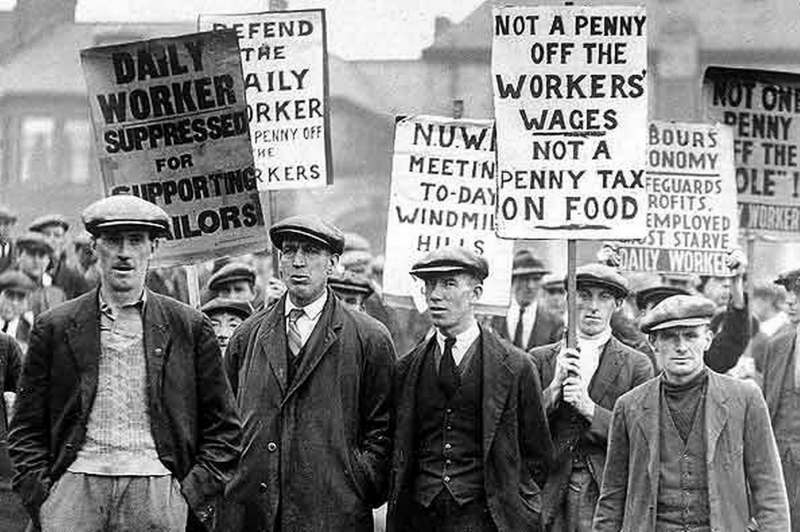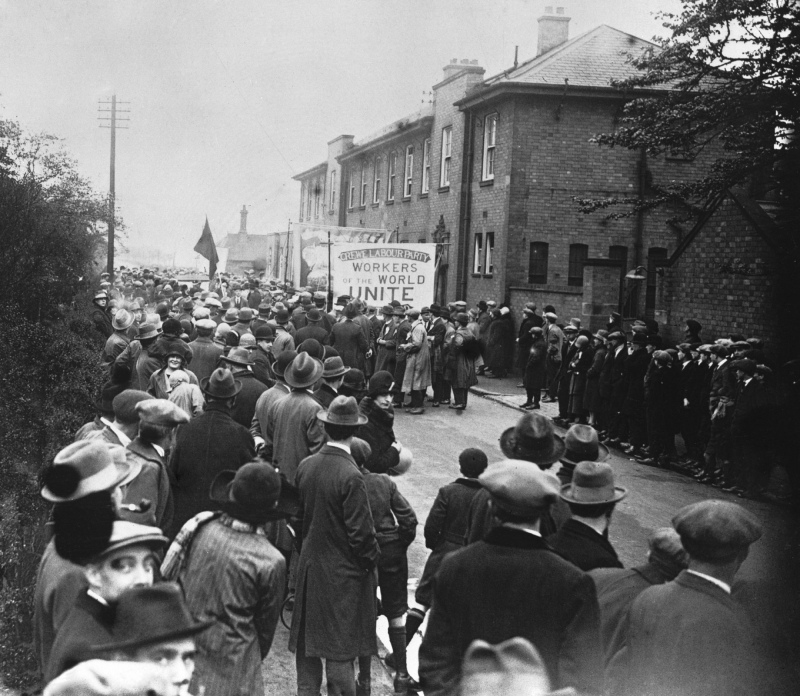The 1926 General Strike
The 1926 general strike, one of the most famous protest movements that shook Britain, lasted nine days, from May 4 to May 12, 1926. The General Council of the Trades Union Congress (TUC) convened it in an unsuccessful attempt to compel the British government to intervene to avert wage cuts and worsening circumstances for 1.2 million locked-out coal miners. This became one of the greatest industrial disputes in British history, with millions of people taking part in the nine-day strike, demonstrating workers' unity and solidarity. 1.7 million people were laid off, primarily in transportation and heavy industry. The administration was well prepared and solicited the help of middle-class volunteers to keep key services running. There was little bloodshed, and the TUC was defeated.
The General Strike's defeat was a disaster for trade unionism and working people. The verdict was exploited by the government to enact harsh new anti-union legislation. The Trade Disputes and Trade Union Act of 1927 prohibited sympathy strikes and limited them to the trade or sector in question. It made unions liable for legal damages and restricted the ability to picket. It condemned the use of union funding for political purposes and prohibited civil personnel from joining unions with political objectives. For the first time since 1916, membership fell below five million. The strike depleted union funds, leaving them ill-equipped to fight back. Employers took advantage of union weakness as unemployment soared.
Date: 4-12 May 1926
Location: the United Kingdom
Purpose: Higher wages and improved working conditions












